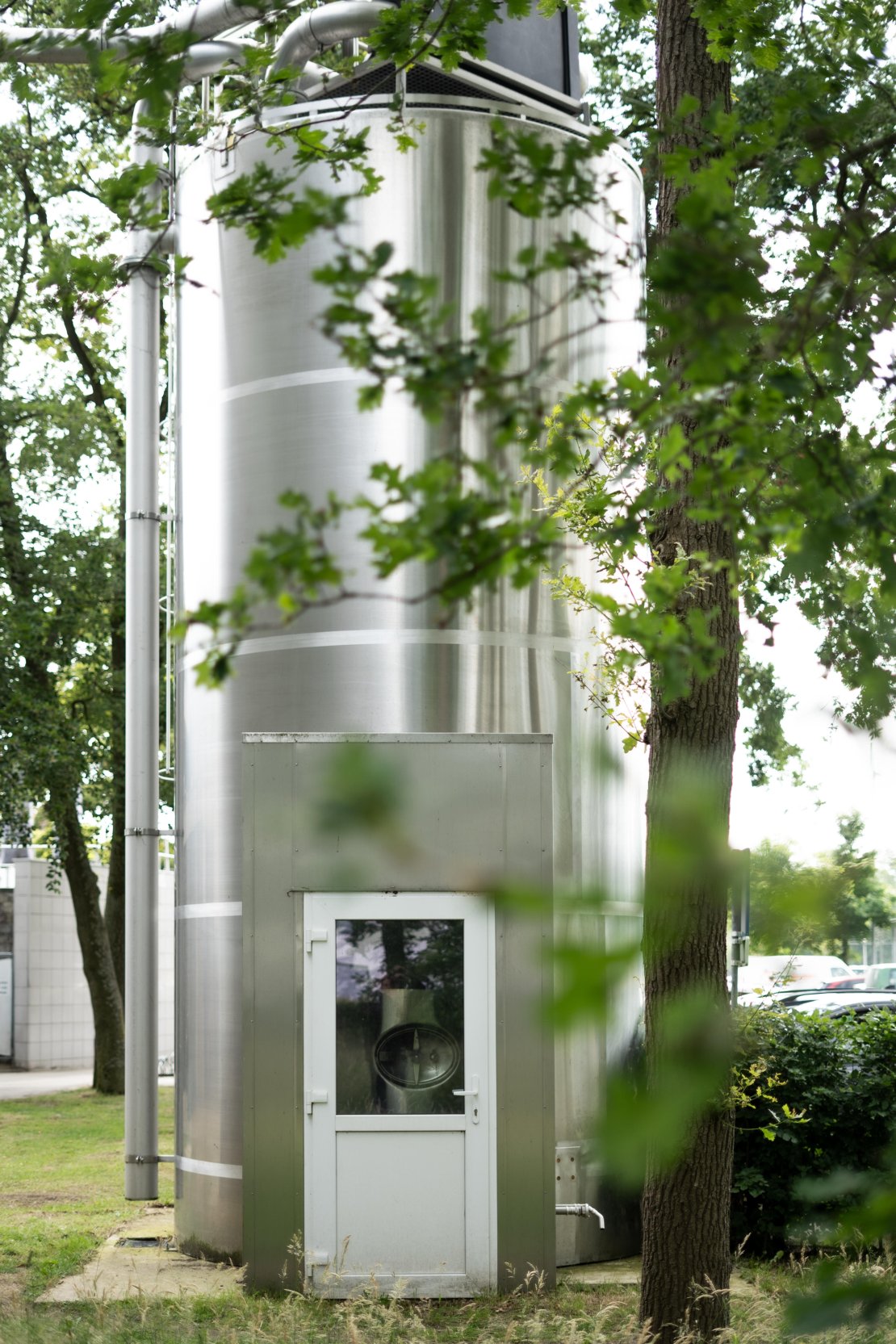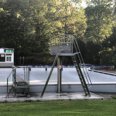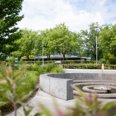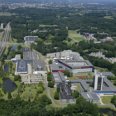Due to climate change, water buffering has become increasingly important. Extreme weather events, such as downpours, have increased and need to be dealt with. Richard Bults, scientist at UT, together with students of Creative Technology developed a smart rainwater buffer in cooperation with the municipality of Enschede.
A meters-high milk cooling tank at the University of Twente does not store milk, but water. The tank, which has been in operation since 2023, is intended to prevent flooding during heavy rainfall.
The tank has a capacity of 35,000 liters and serves as a "buffer" for the sewage system. "Once in a while you have to deal with heavy rainfall, which leads to a lot of water on the streets because the sewage system cannot cope with the amount of water," said Richard Bults. The idea is to put together a network of smart rain barrels to create a buffer capacity in Enschede and surrounding municipalities.
However, the smart rain buffer does more than just collect water. Based on the weather forecast, this rain tank can empty itself before heavy rainfall is predicted. The rain is collected in the tank and helps to prevent overloading of the sewage system. The stored water can also be used to water surrounding vegetation.
Apart from being a smart and sustainable solution, the smart rainwater buffer also offers opportunities regarding circularity. The buffer is made from a former milk tank. When a farmer stops his business, these tanks are a surplus. It is likely a number of farms will stop their operations in the coming years to solve environmental problems caused by nitrogen deposition. These milk tanks can be reused as rainwater buffers: a smart and circular option.






